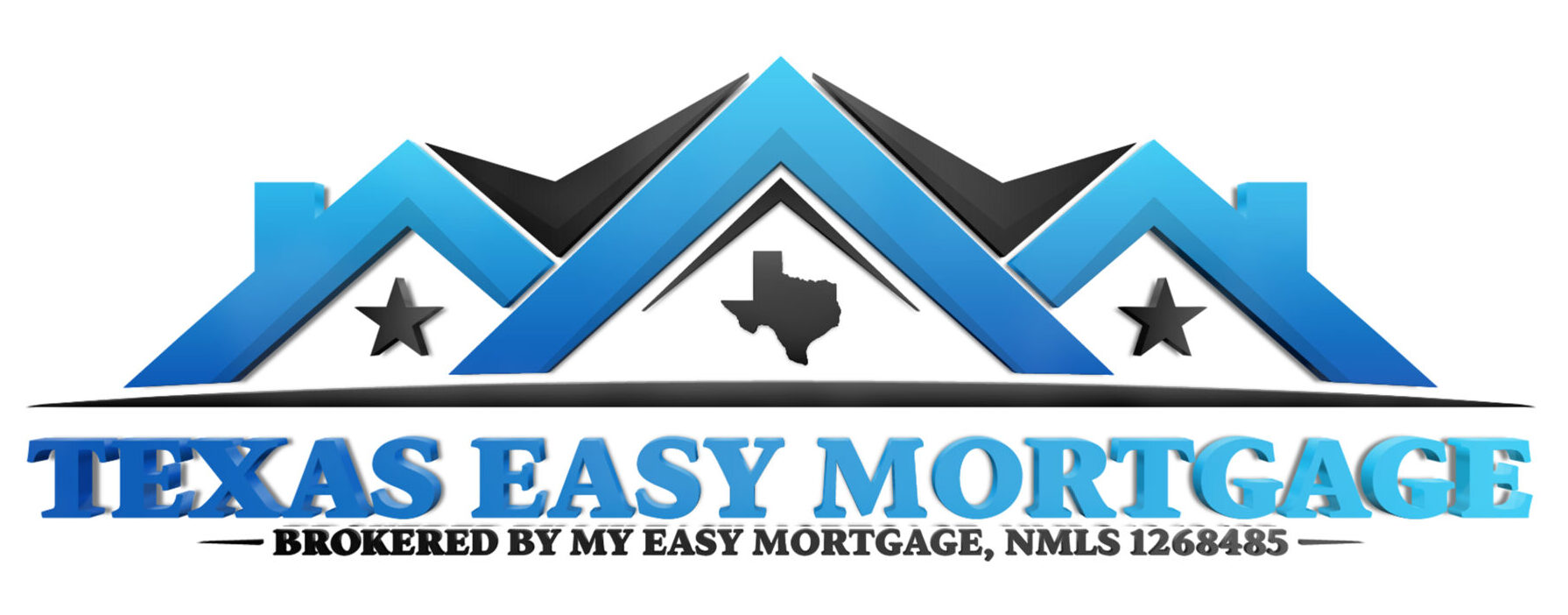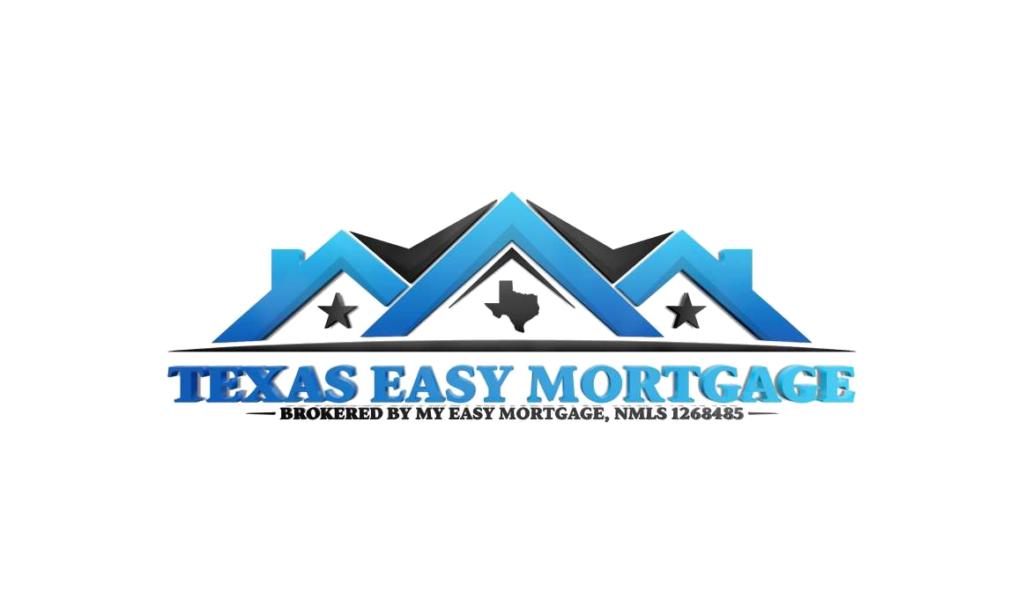WE’RE HERE TO HELP YOU
Get a Conventional Loan
A conventional loan is a type of mortgage that is not insured or guaranteed by the government. Instead, conventional loans are offered by private lenders, such as banks and credit unions, and are typically sold to investors on the secondary market.
What is a Conventional Loan?
In the world of home buying, understanding the types of mortgage loans available to you is key to making informed decisions. One such type of mortgage is the conventional loan. These loans, unlike some others, don’t carry government backing, which means they’re not insured or guaranteed by the government. They’re a product of private lenders – banks, credit unions, or mortgage companies – and therefore do not carry the guarantees or insurance seen with government-backed loans like FHA, VA, and USDA loans.
You can find conventional loans in a few different forms, each designed to suit different needs of borrowers. Fixed-rate mortgages, for instance, maintain the same interest rate for the entirety of the repayment term, which means your monthly payment remains predictable and unchanging. Adjustable-rate mortgages (ARMs) are another type, with an interest rate that shifts over time based on market conditions, leading to potential increases or decreases in your payment. Jumbo loans, a type of conventional loan, are used for purchasing high-priced homes and exceed the limits set by government-sponsored entities like Fannie Mae and Freddie Mac that purchase mortgages from lenders.
To qualify for a conventional loan, you’ll typically need a higher credit score and a lower debt-to-income ratio than you would for government-backed loans. The debt-to-income ratio is the proportion of your gross monthly income that you use to pay off your debts. Lower ratios indicate a healthier balance between debt and income. When securing a conventional loan, borrowers are typically required to make a down payment, a percentage of the home’s cost that you pay upfront when buying the home. This can range from 3% to 20% of the purchase price.
There are several advantages of conventional loans, including the flexibility to finance different types of properties. You can use a conventional loan to purchase a primary residence, a second home, or even investment properties. These loans offer more customization options in terms of loan duration and payment choices. For example, you can choose the length of your mortgage term, which can affect your monthly payment amount. If you put down at least 20% of the purchase price, conventional loans don’t require mortgage insurance, an additional cost that protects the lender if you can’t repay the loan.
However, it’s important to be aware of the potential downsides of conventional loans. They might have higher interest rates and stricter credit requirements compared to government-backed loans. If your down payment is less than 20% of the home’s purchase price, you’ll likely need to pay for private mortgage insurance, which can increase your monthly payment and the overall cost of the loan.
Conventional loans can be a great fit for those with a strong credit history and financial stability who appreciate flexibility and customization in their mortgage terms. However, as with any major financial decision, it’s important to explore your options. Shop around, compare rates and terms from various lenders, and ultimately choose the loan that aligns best with your financial situation and home ownership goals.


